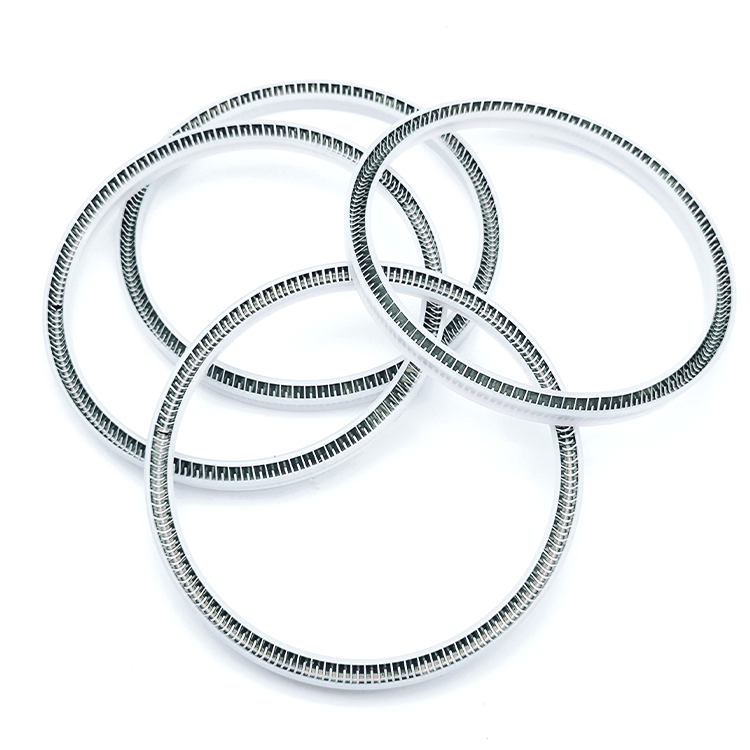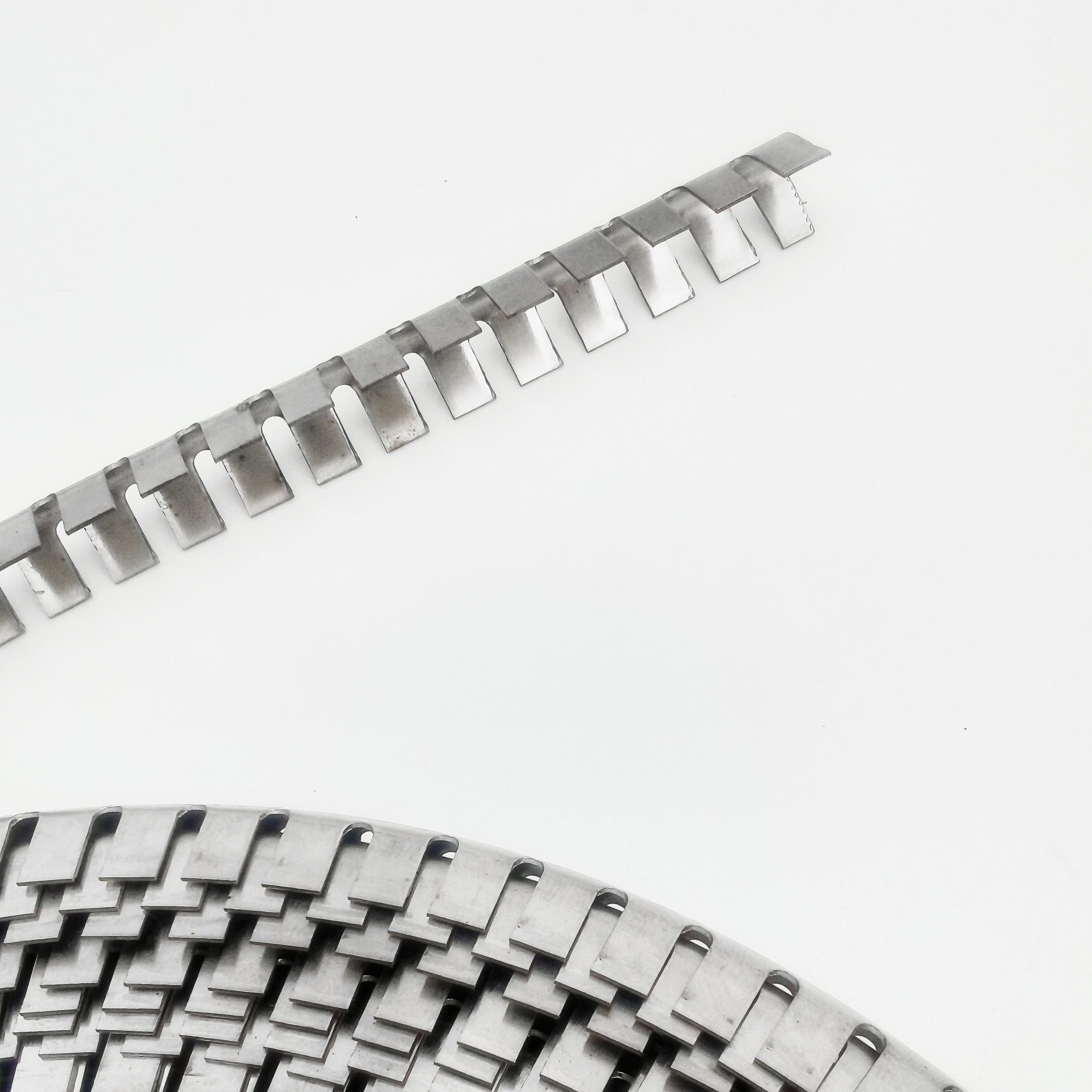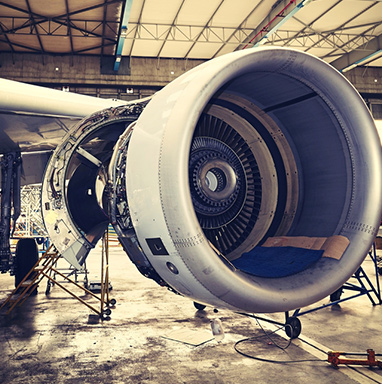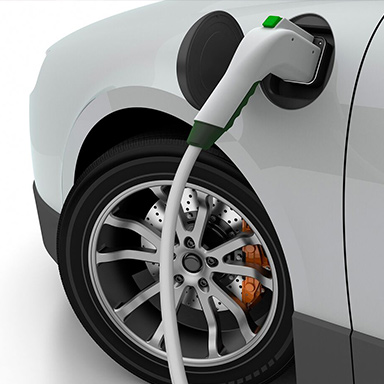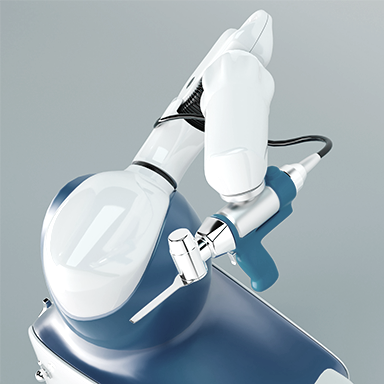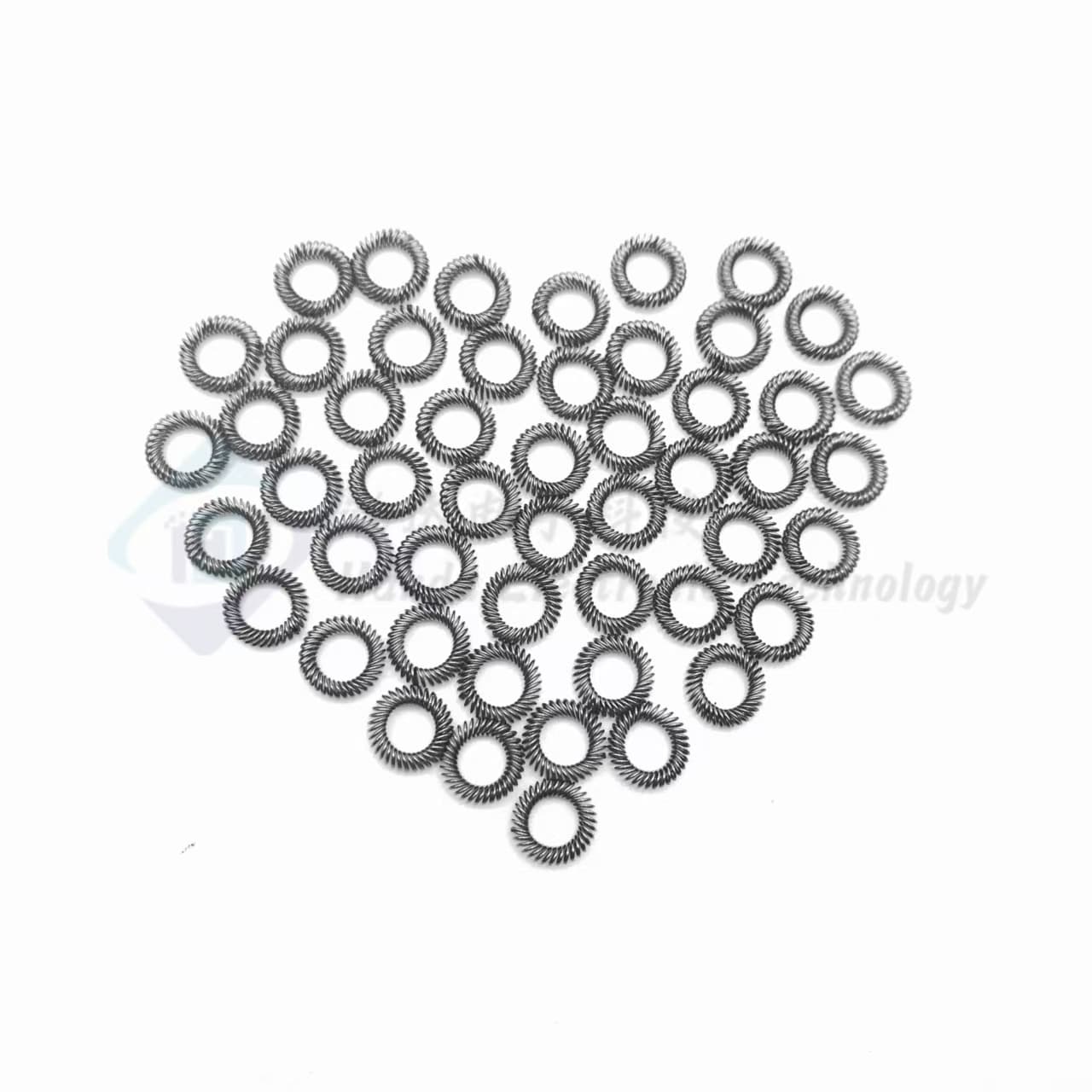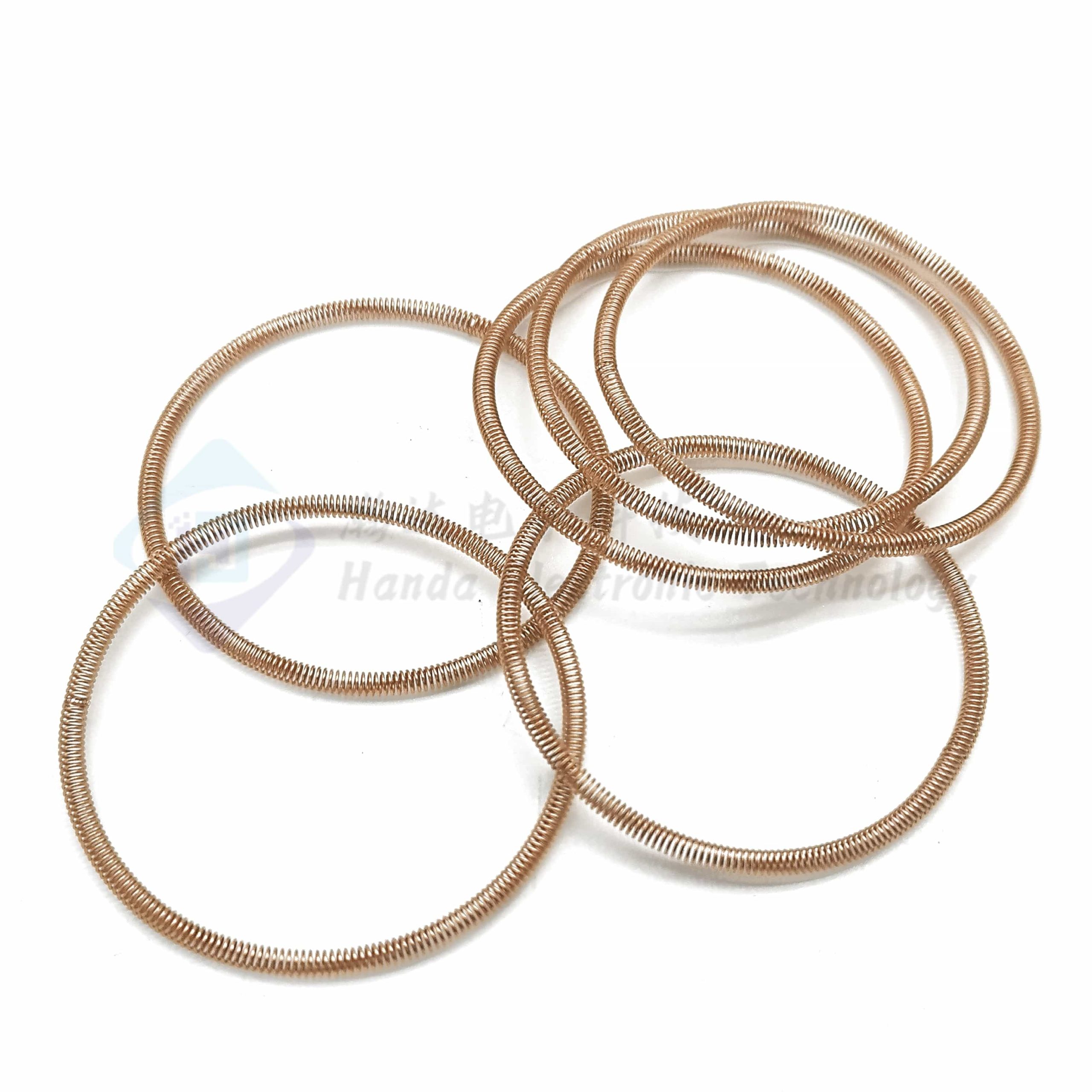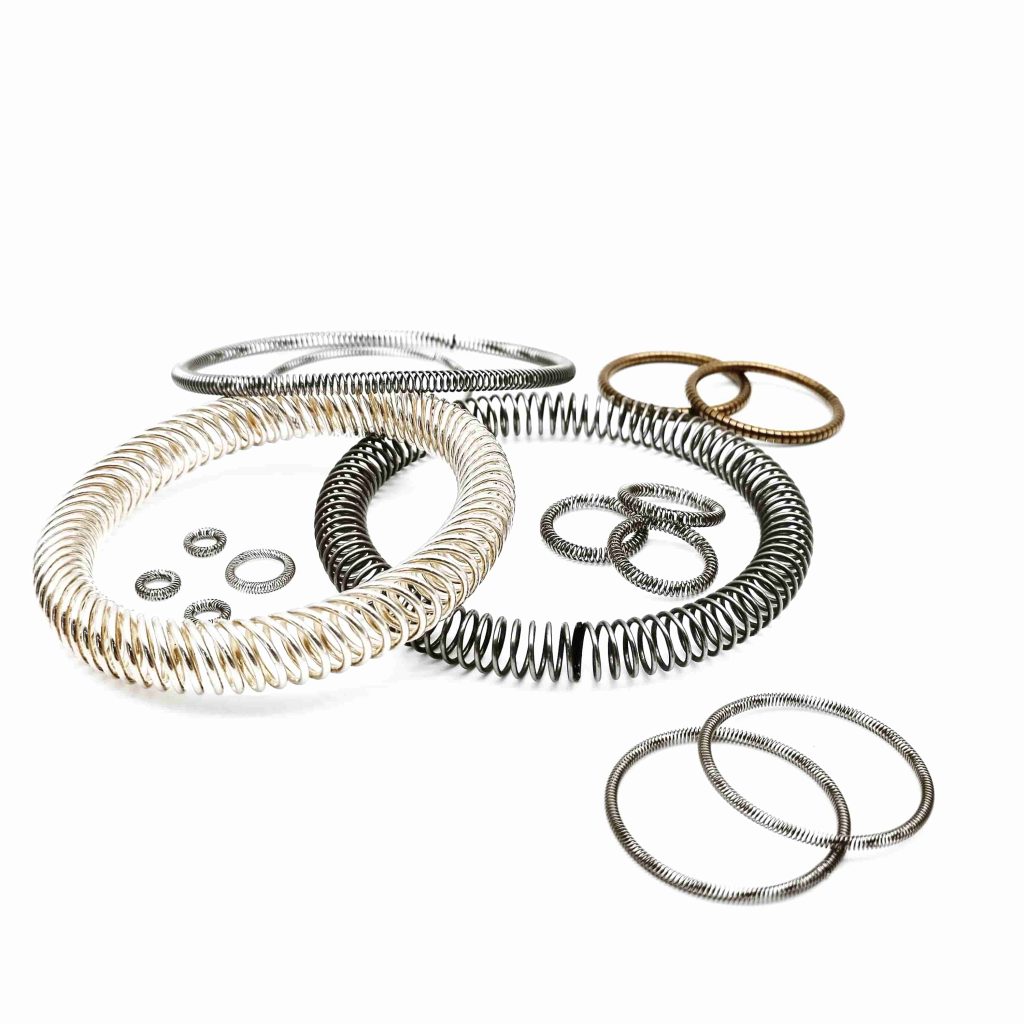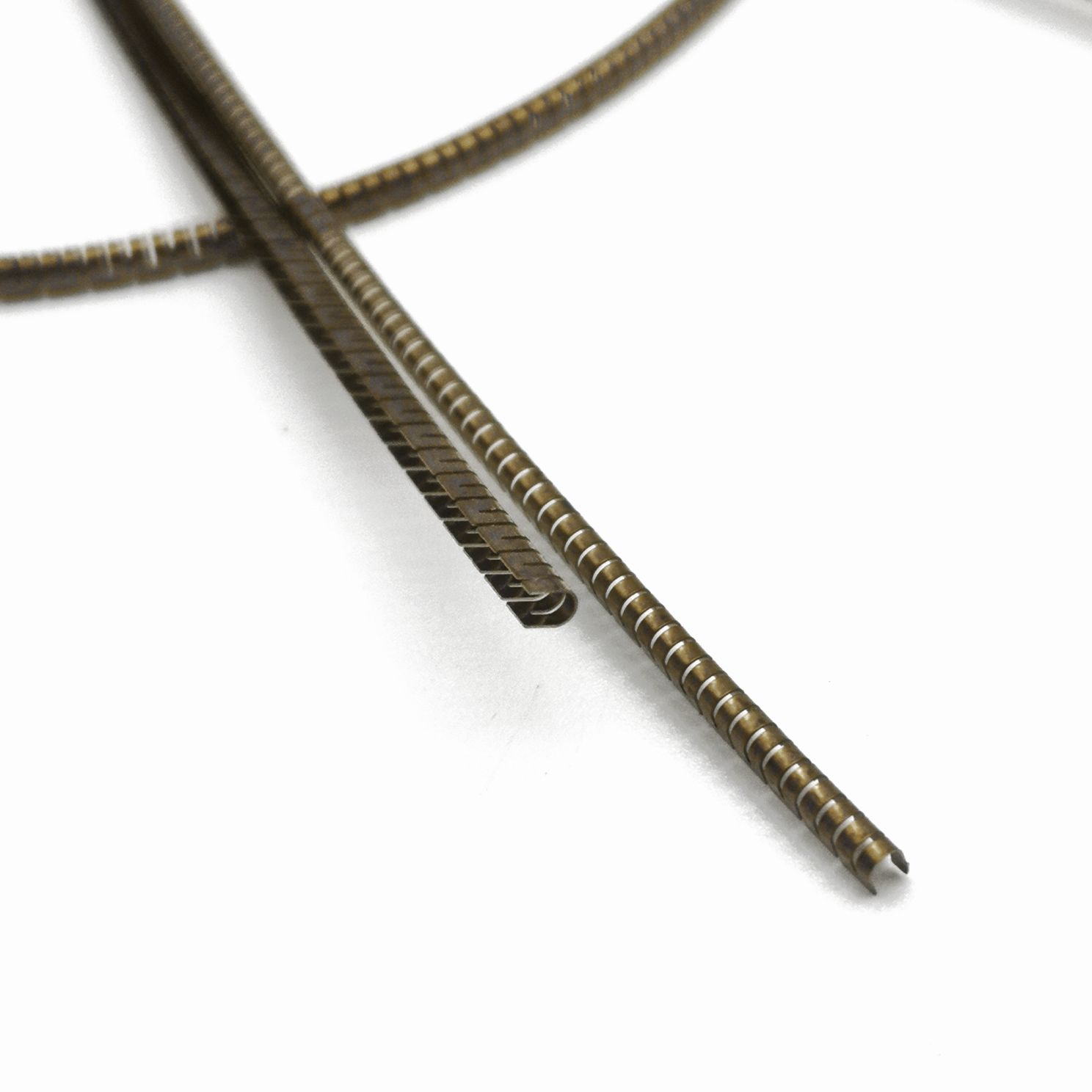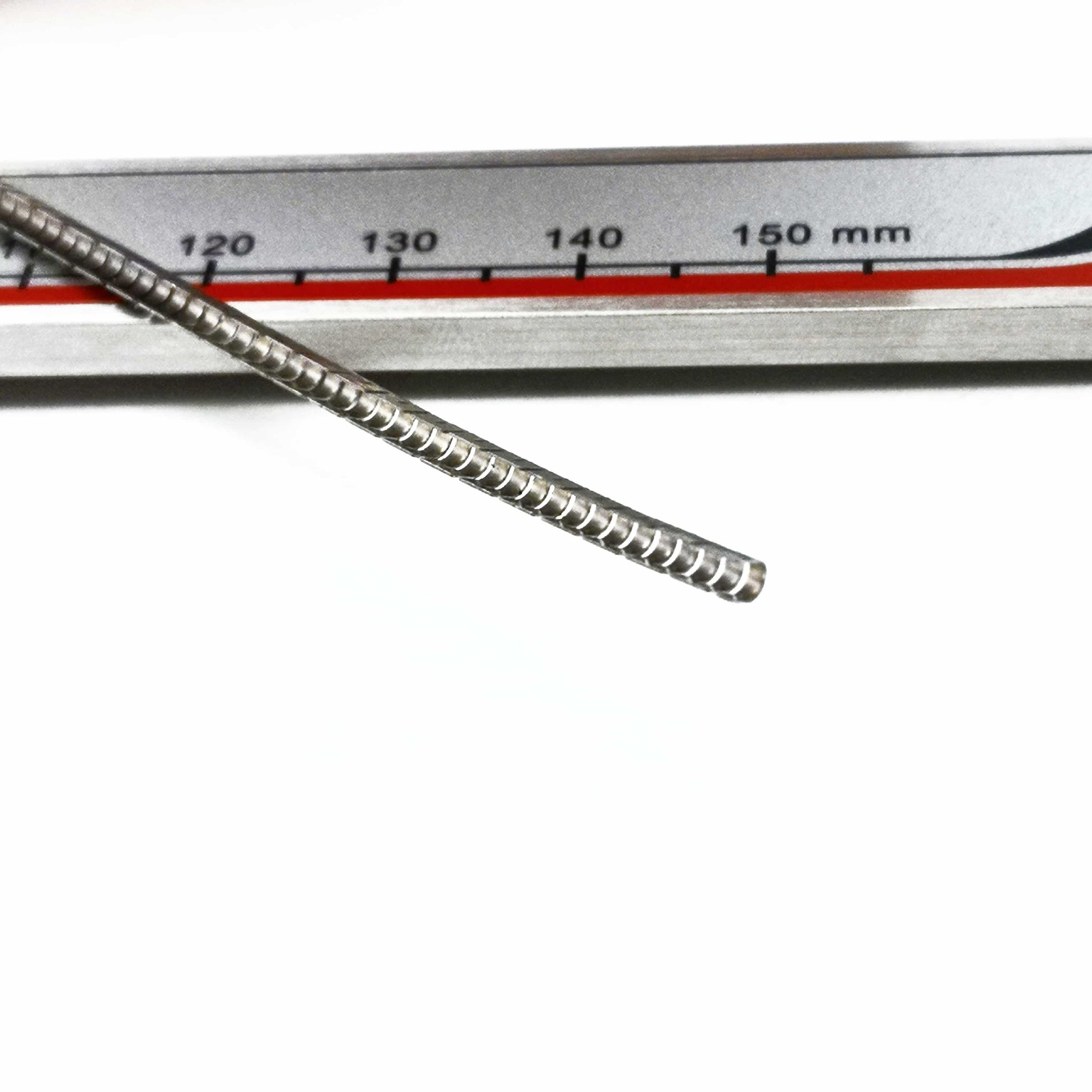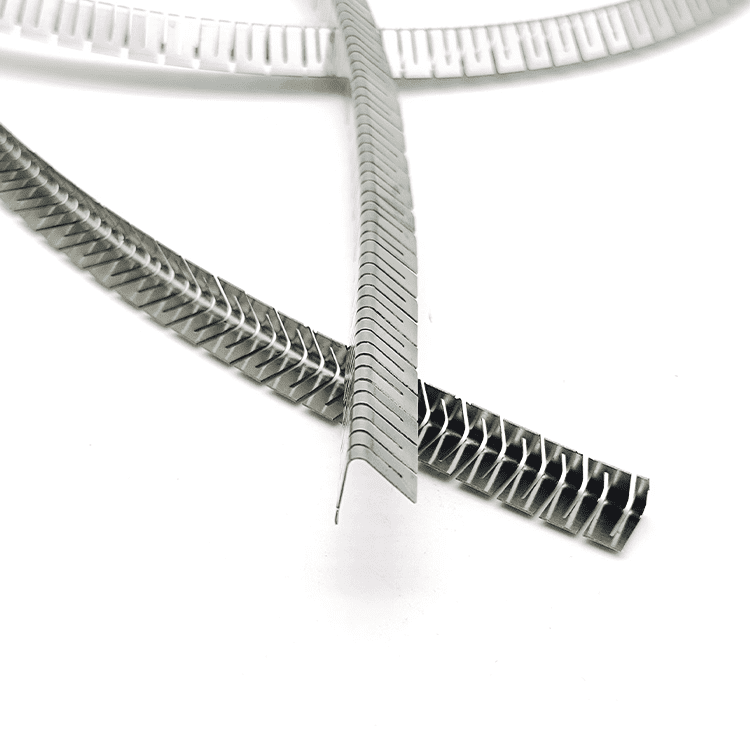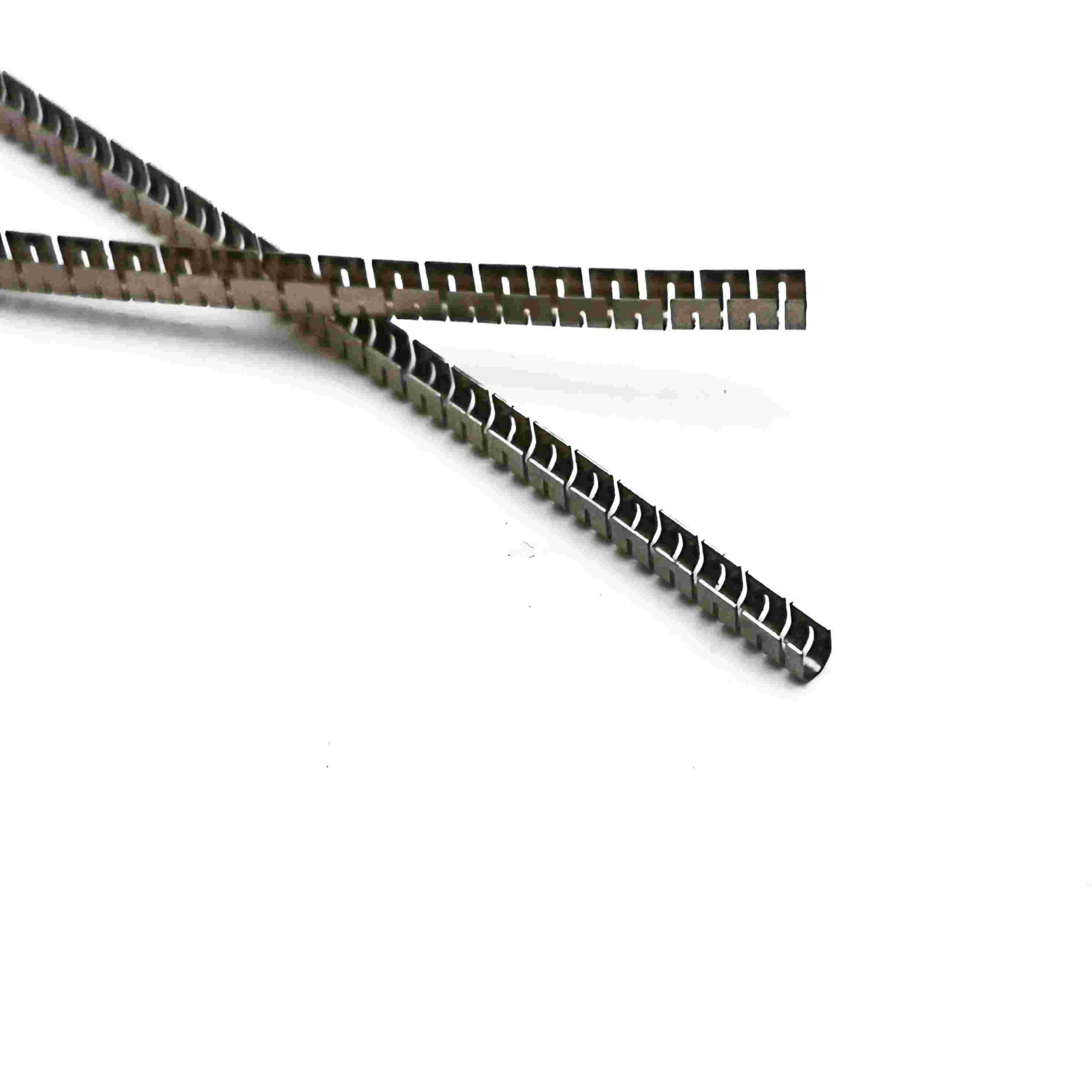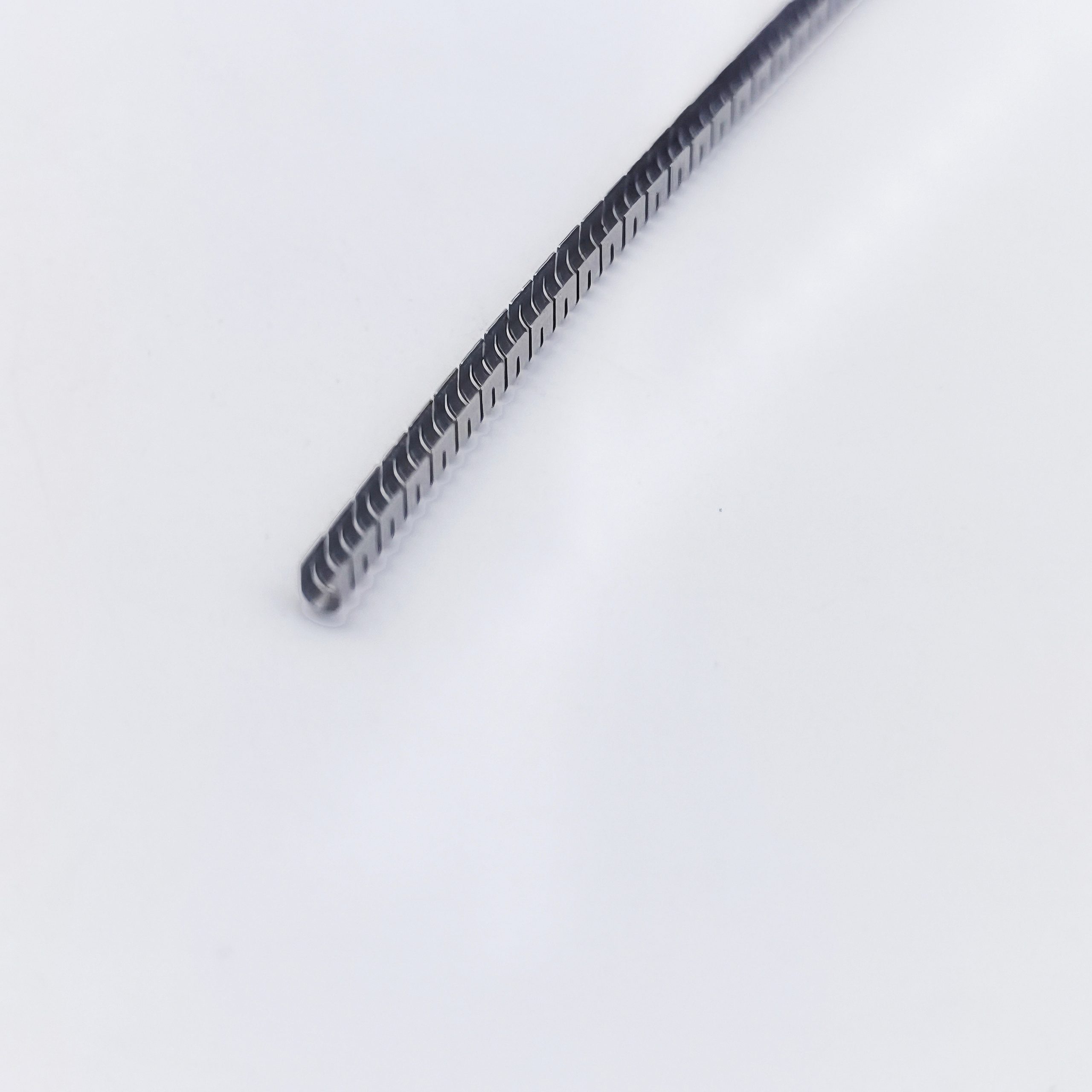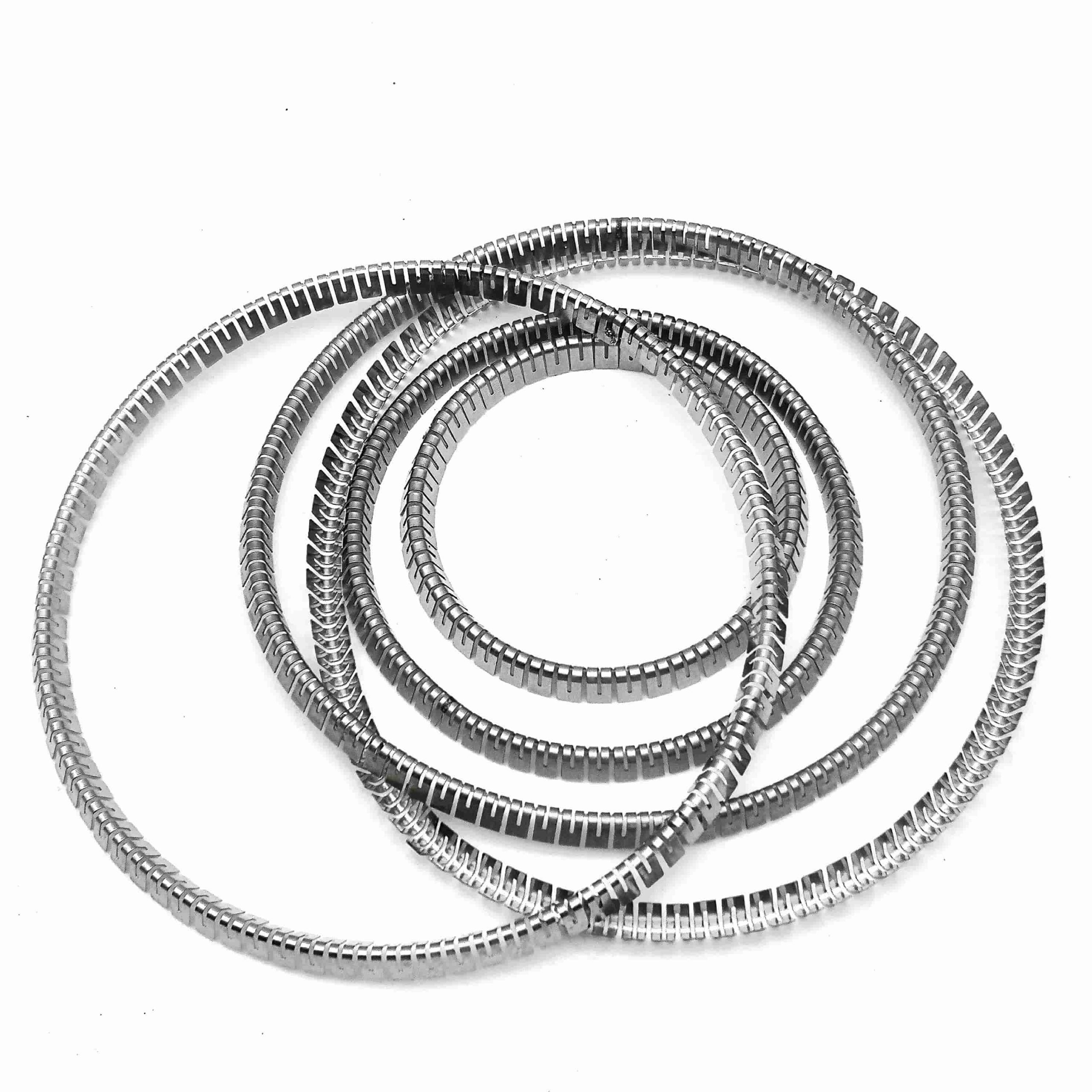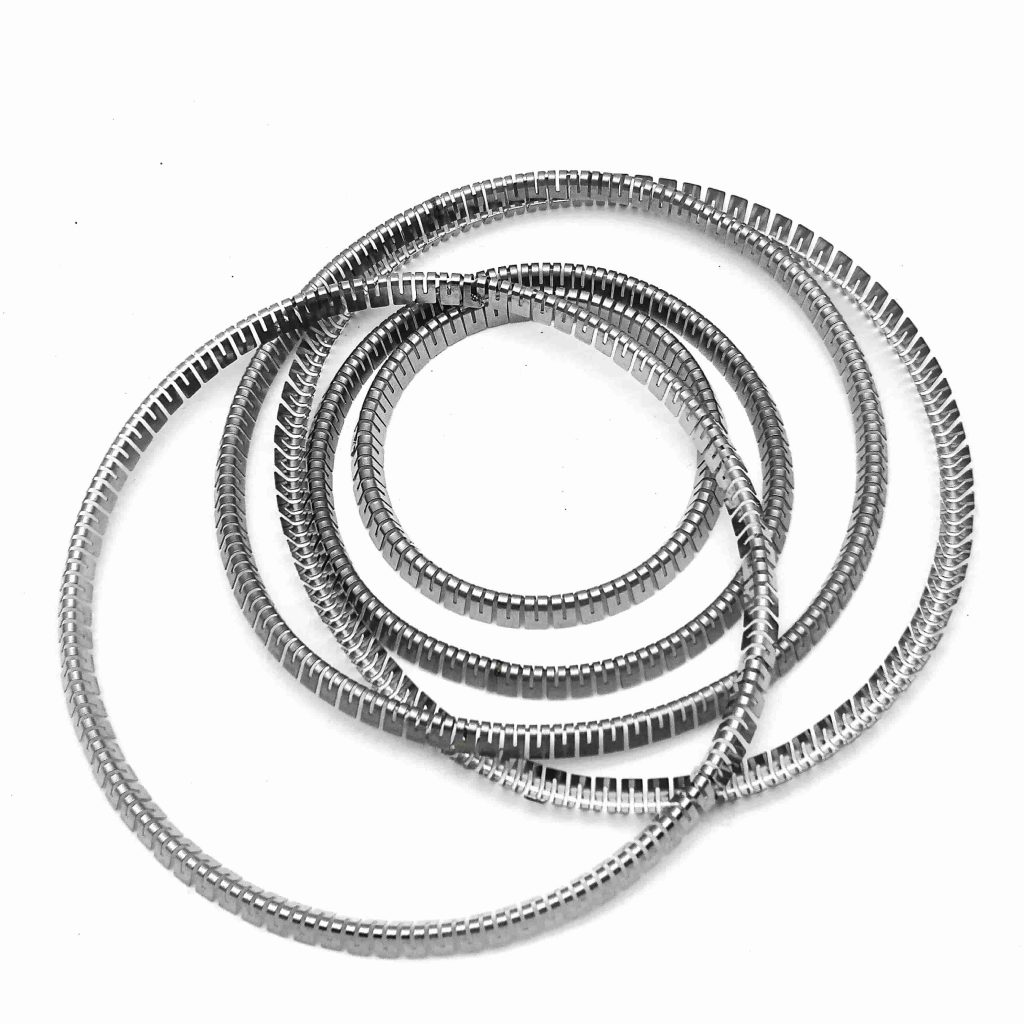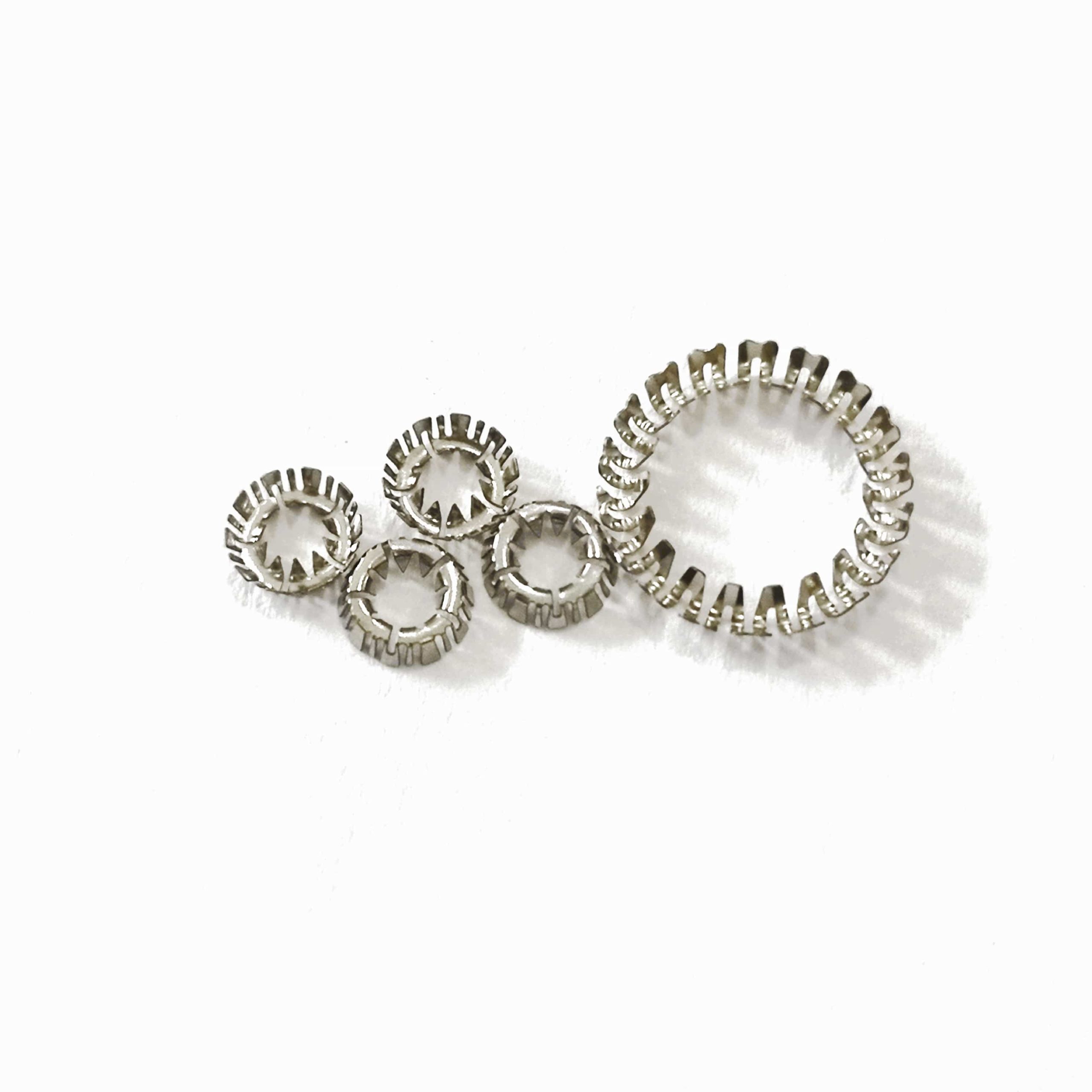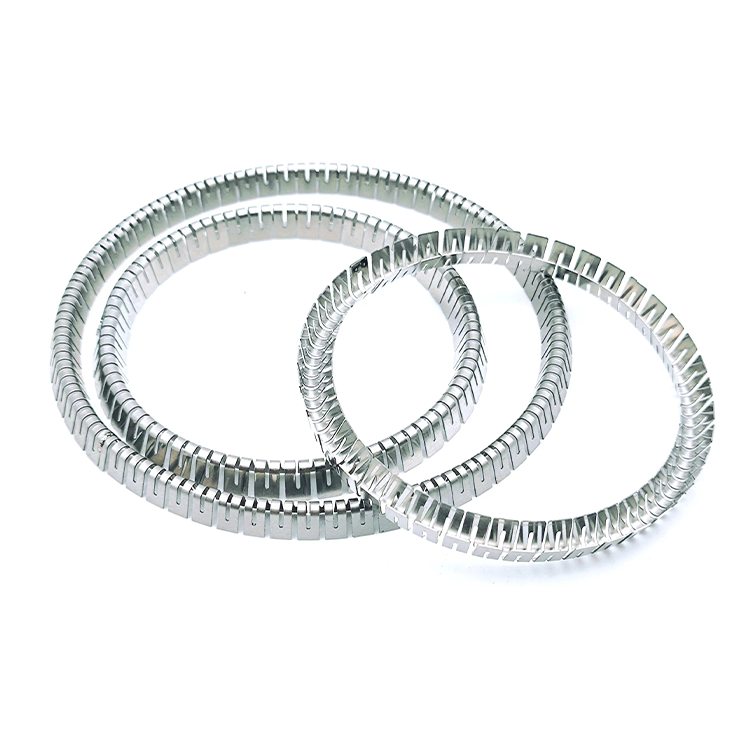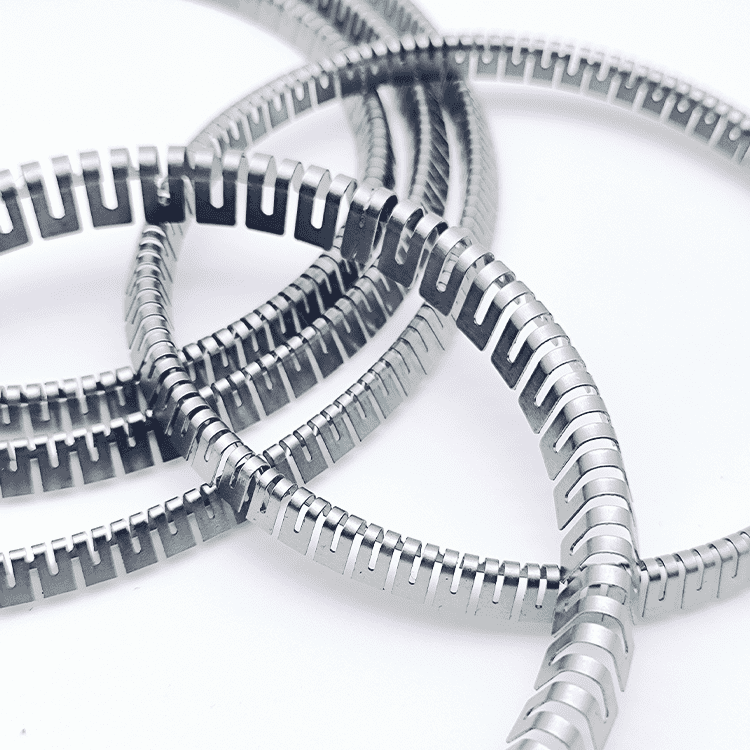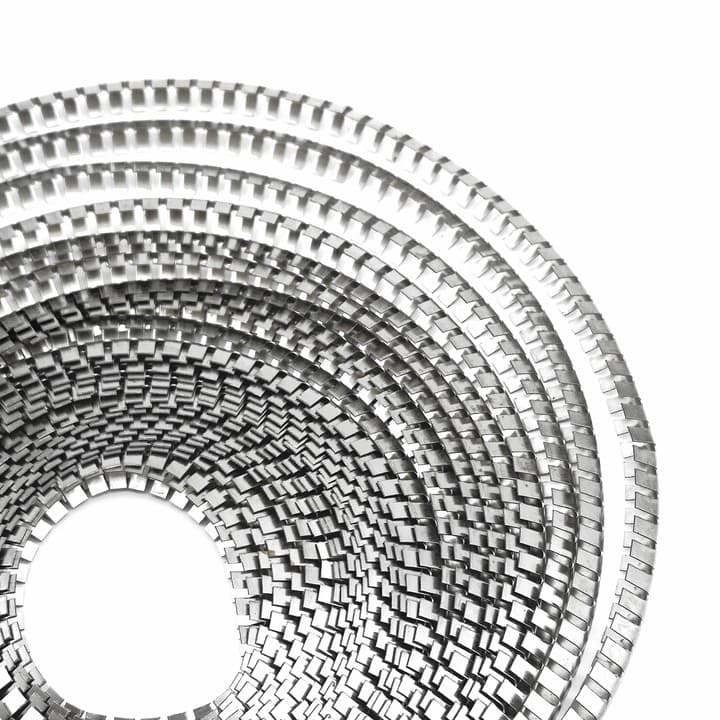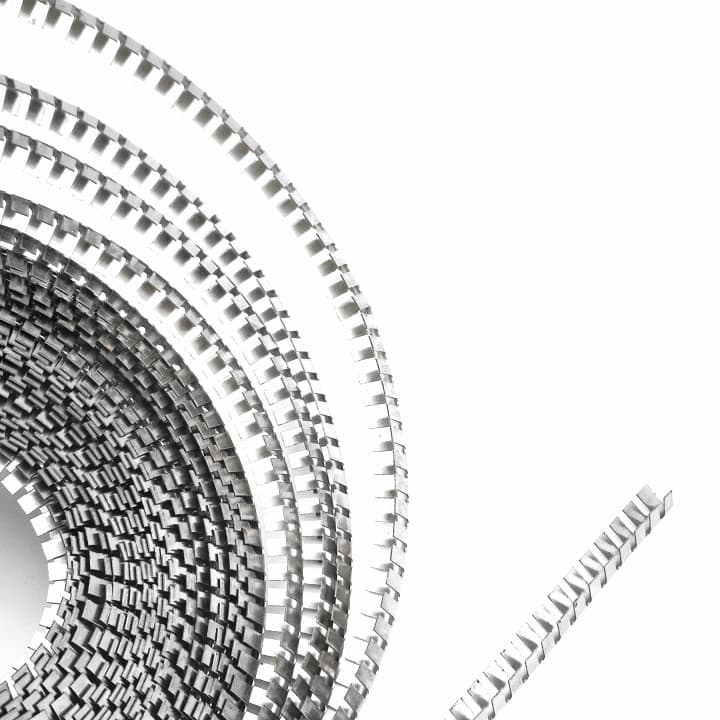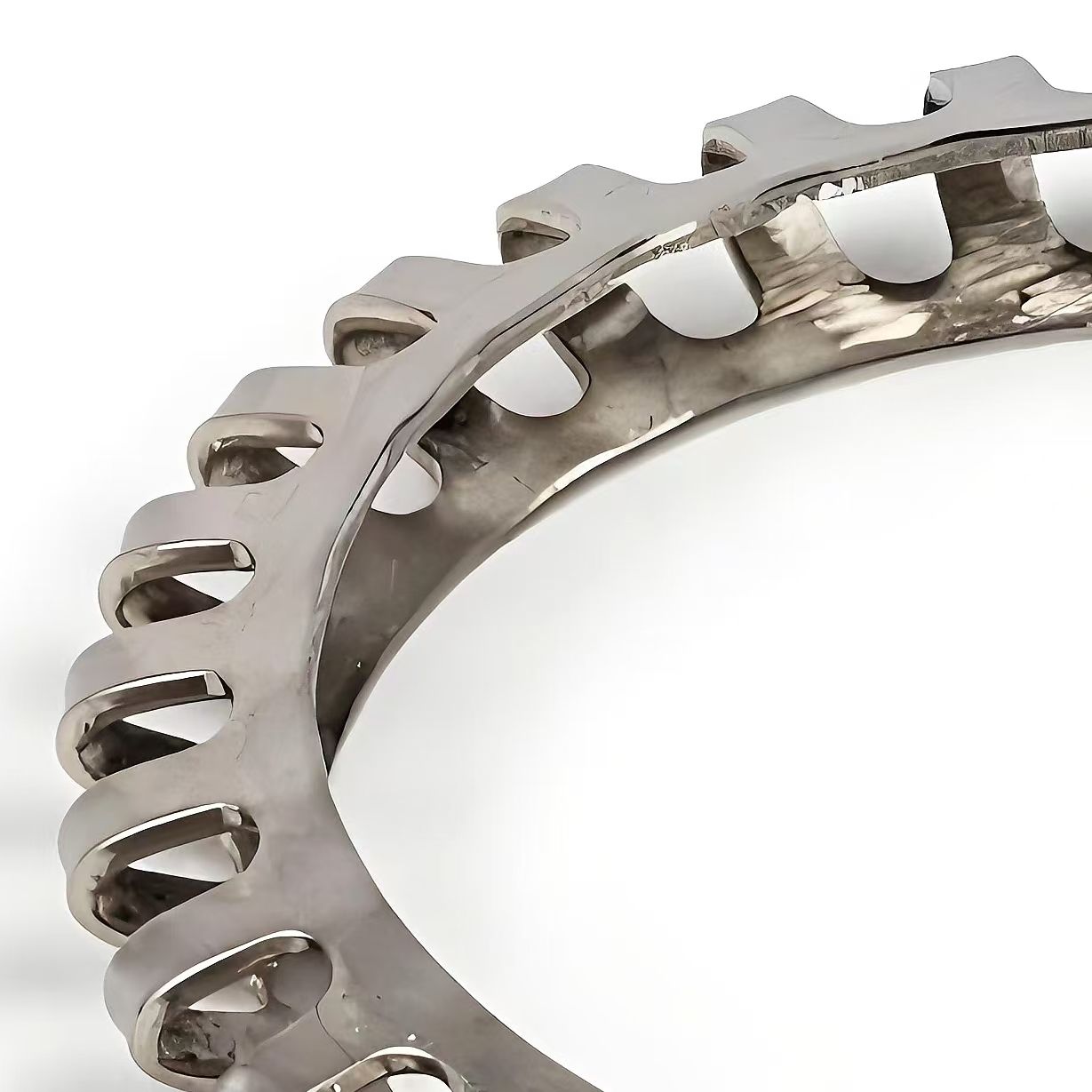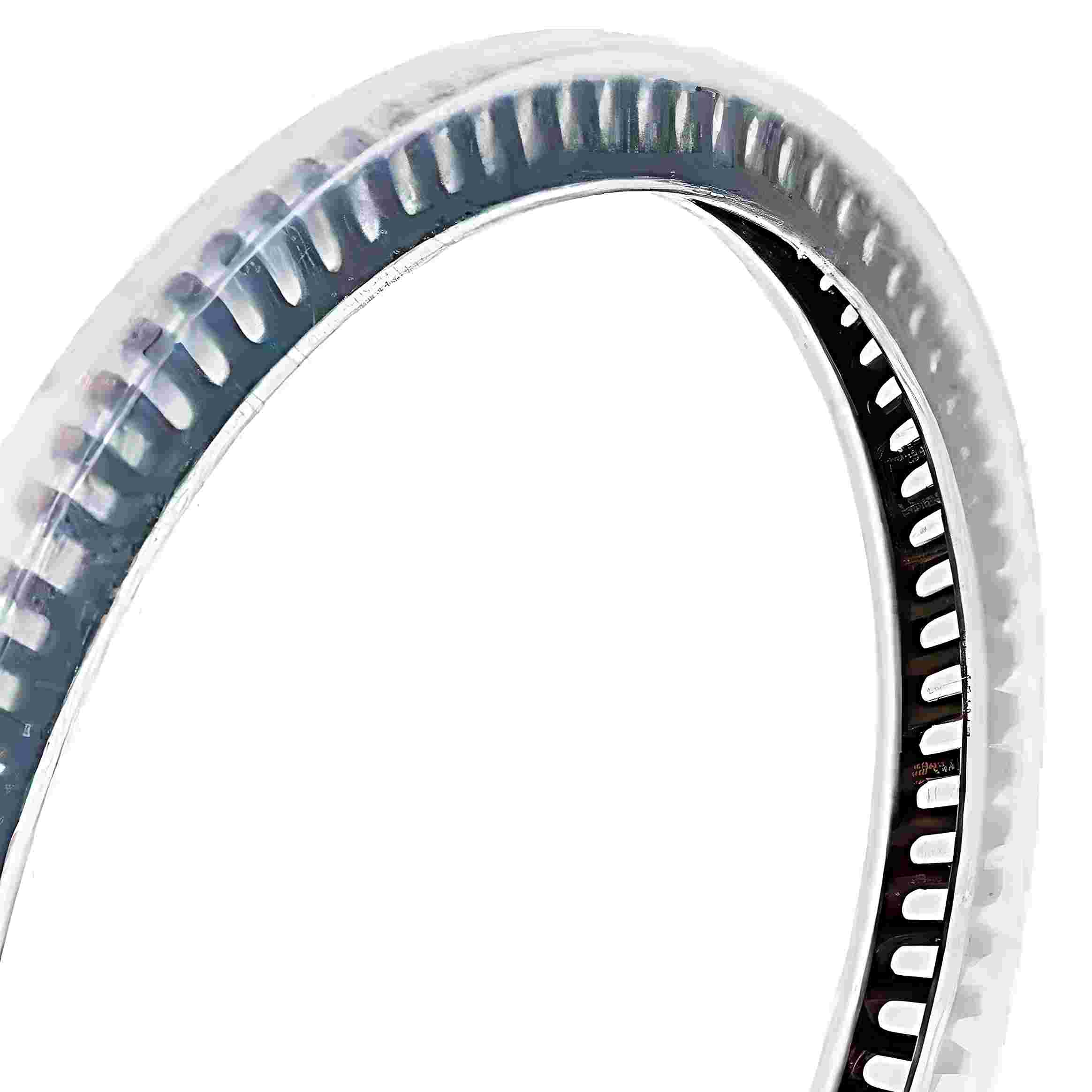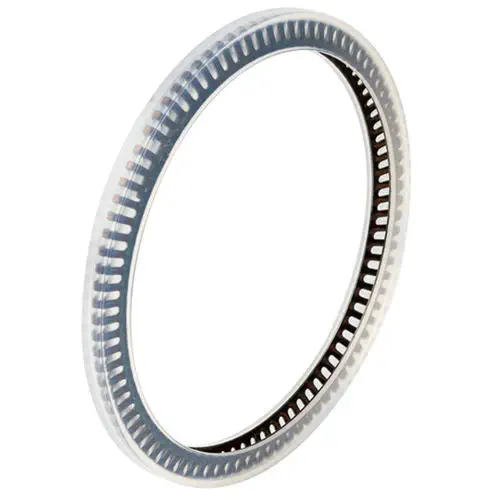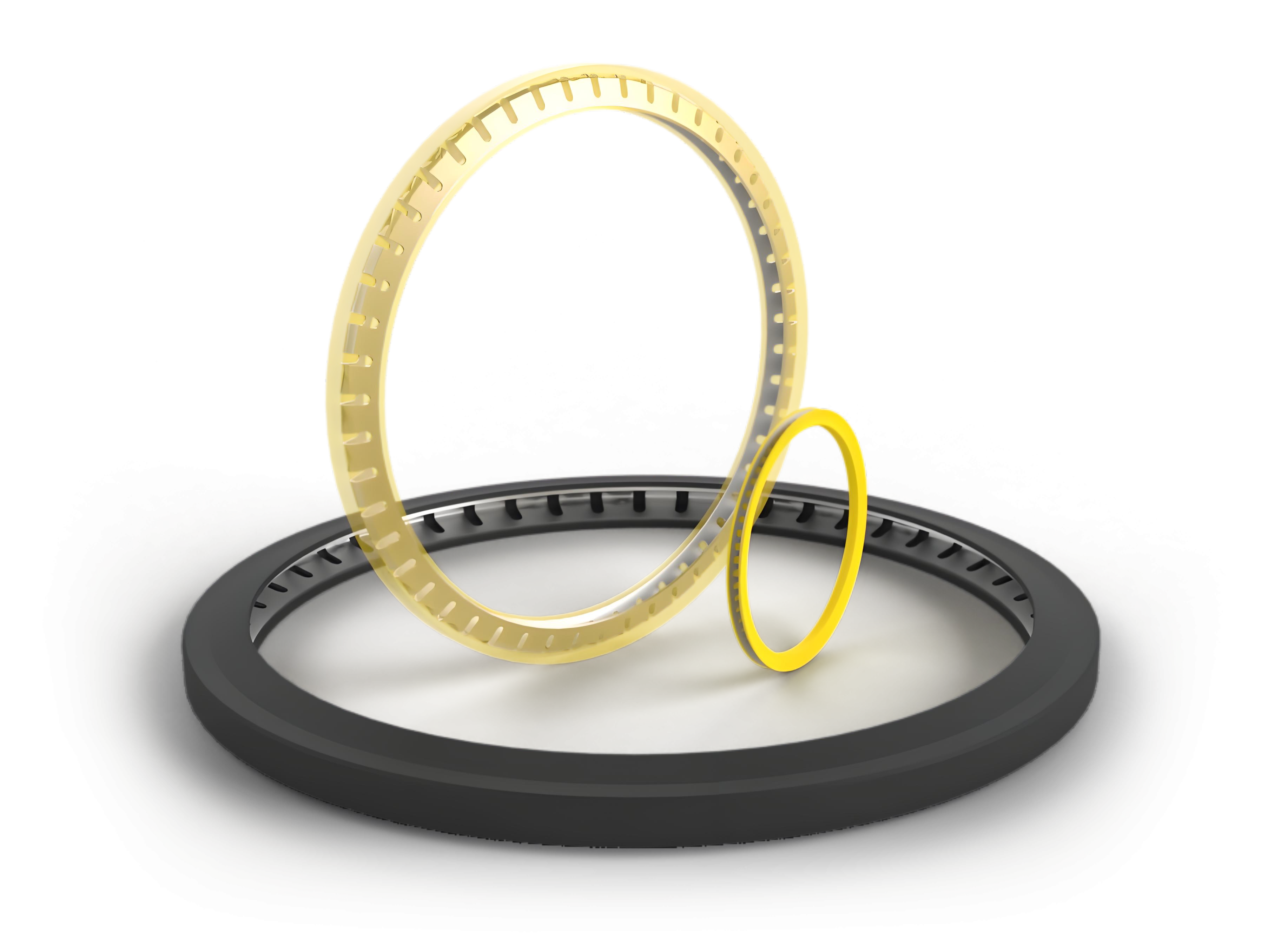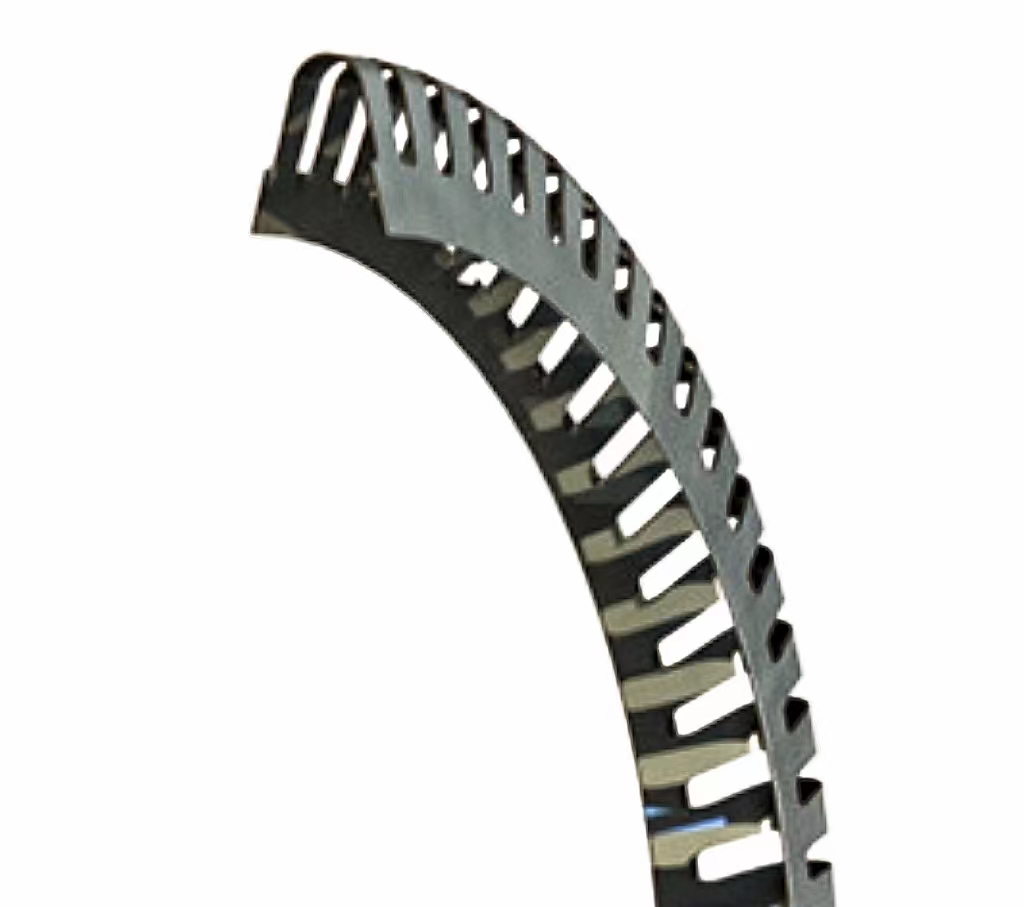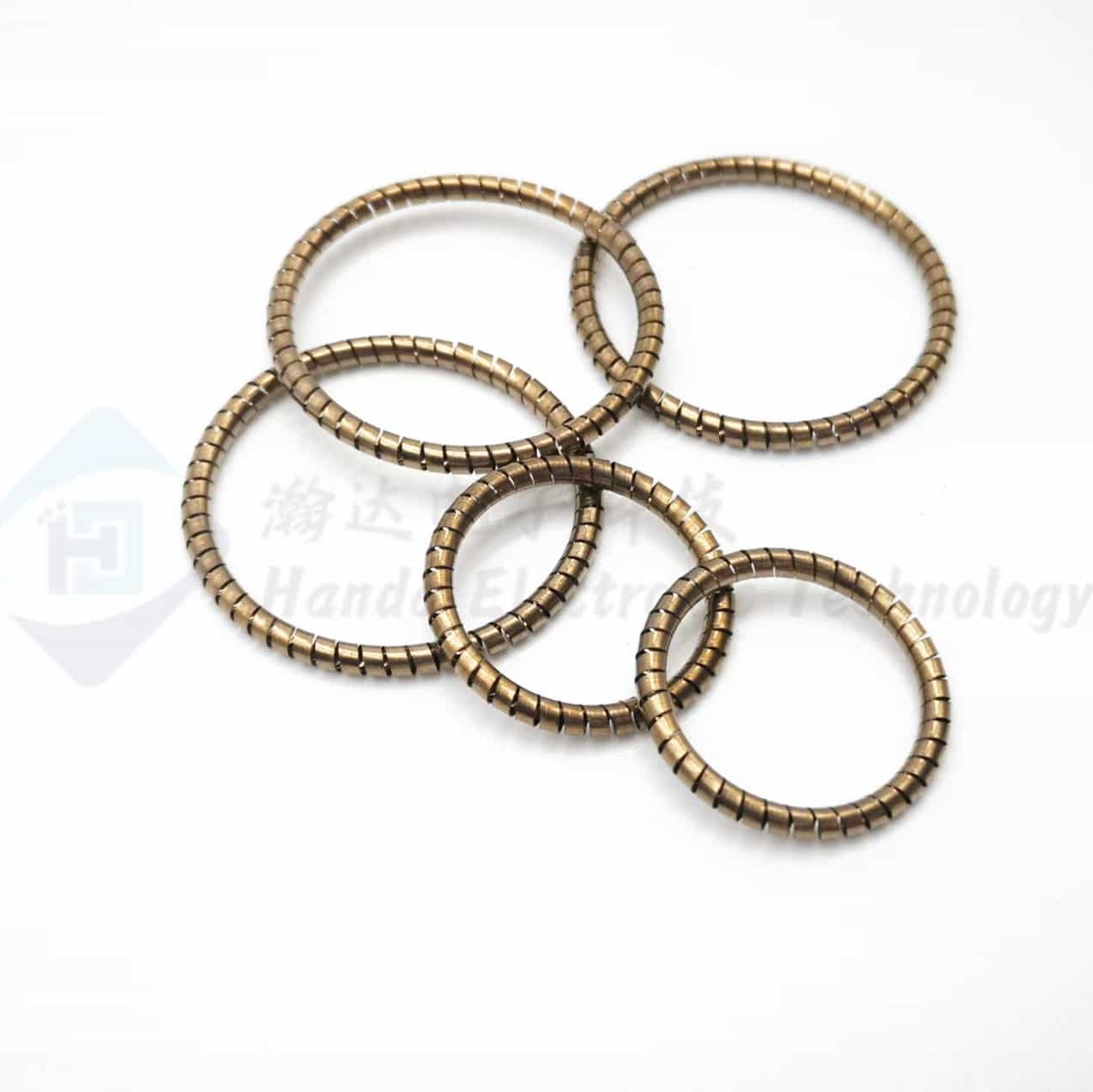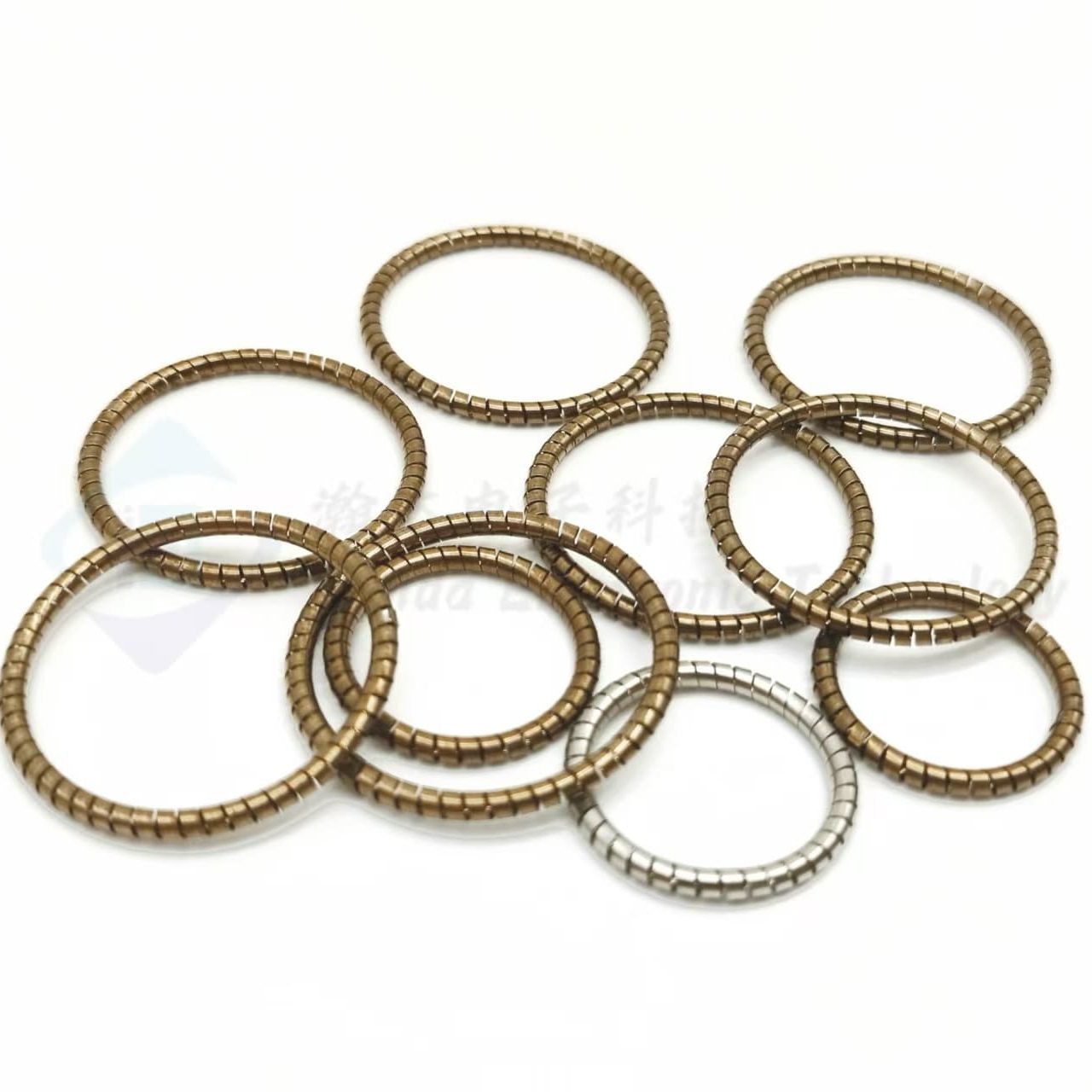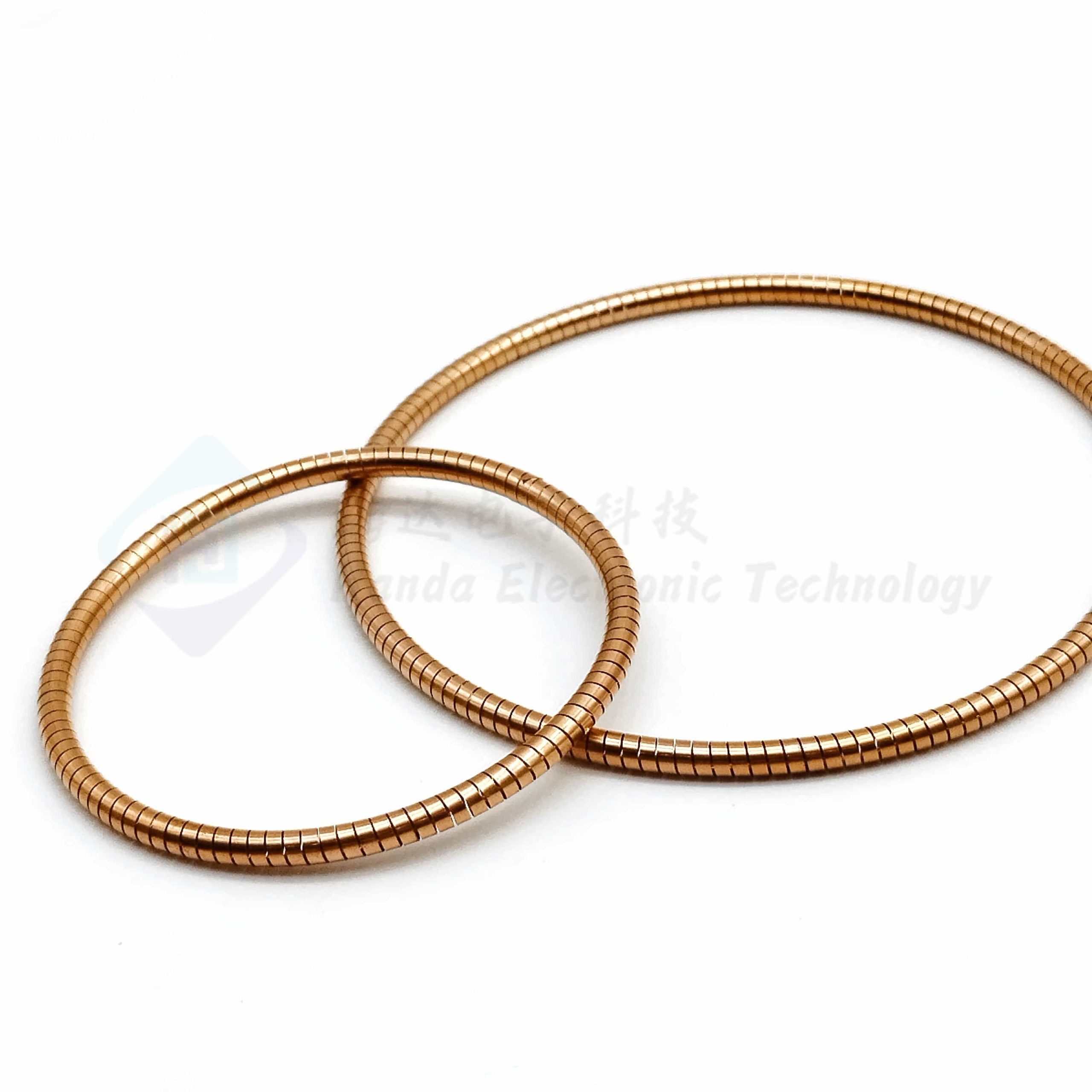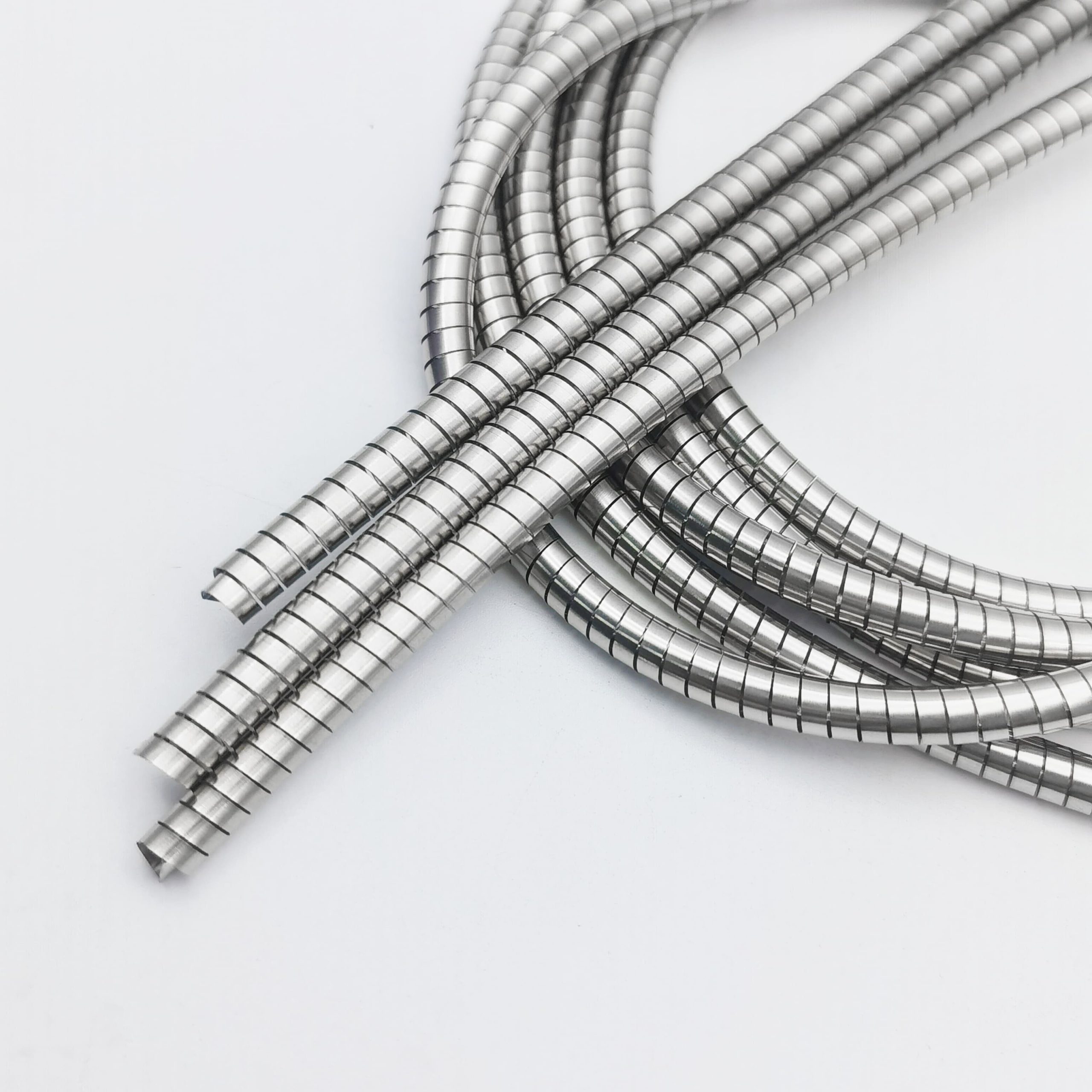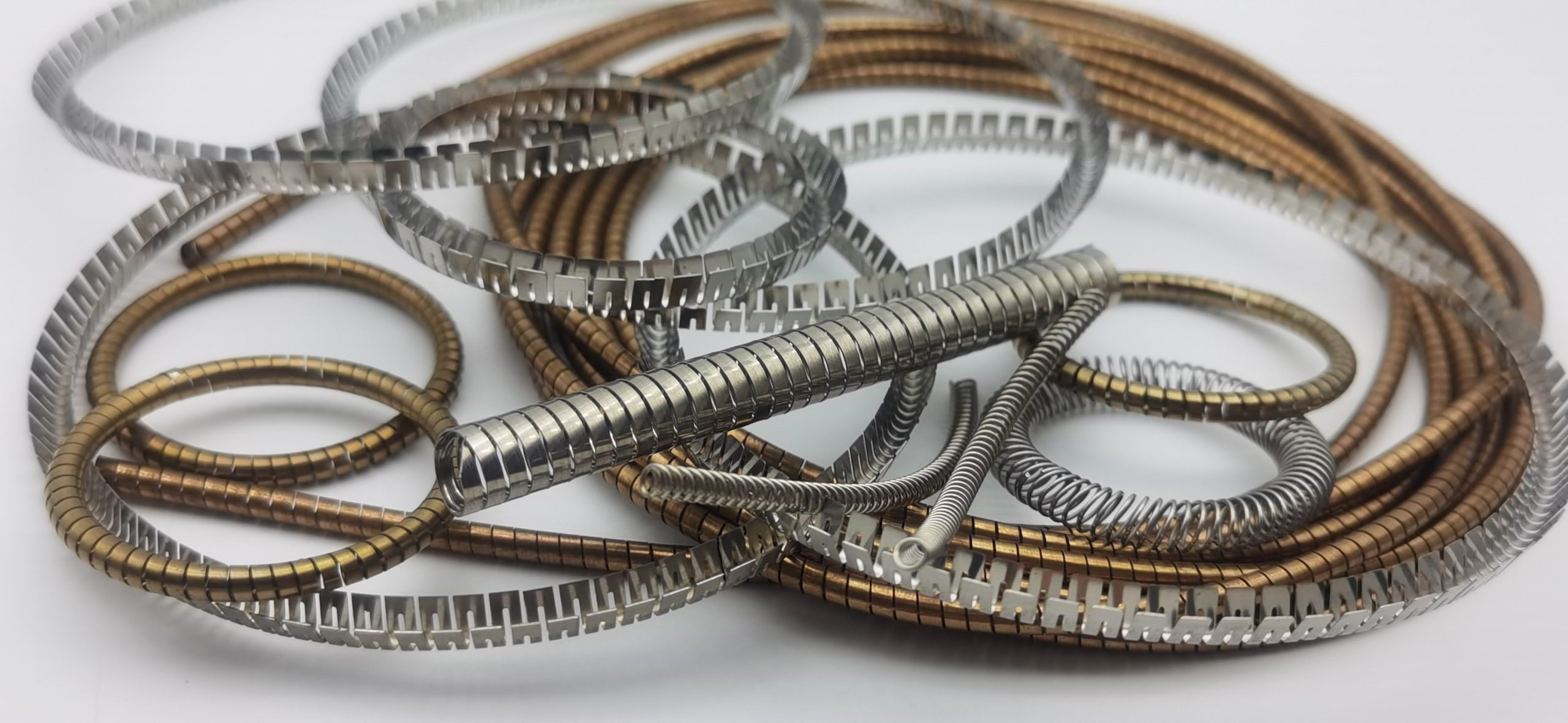
Spring - Energized Seals Springs for Specific Applications Abstract: This article comprehensively expounds on the key aspects of choosing appropriate spring - energized seals springs for specific applications. It details......
Cantilever V springs & Canted coil springs 1. Understanding Cantilever V Springs1.1. What are Cantilever V Springs?1.2. Key Features of Cantilever V Springs1.3. Applications of Cantilever V Springs2. Canted Coil......
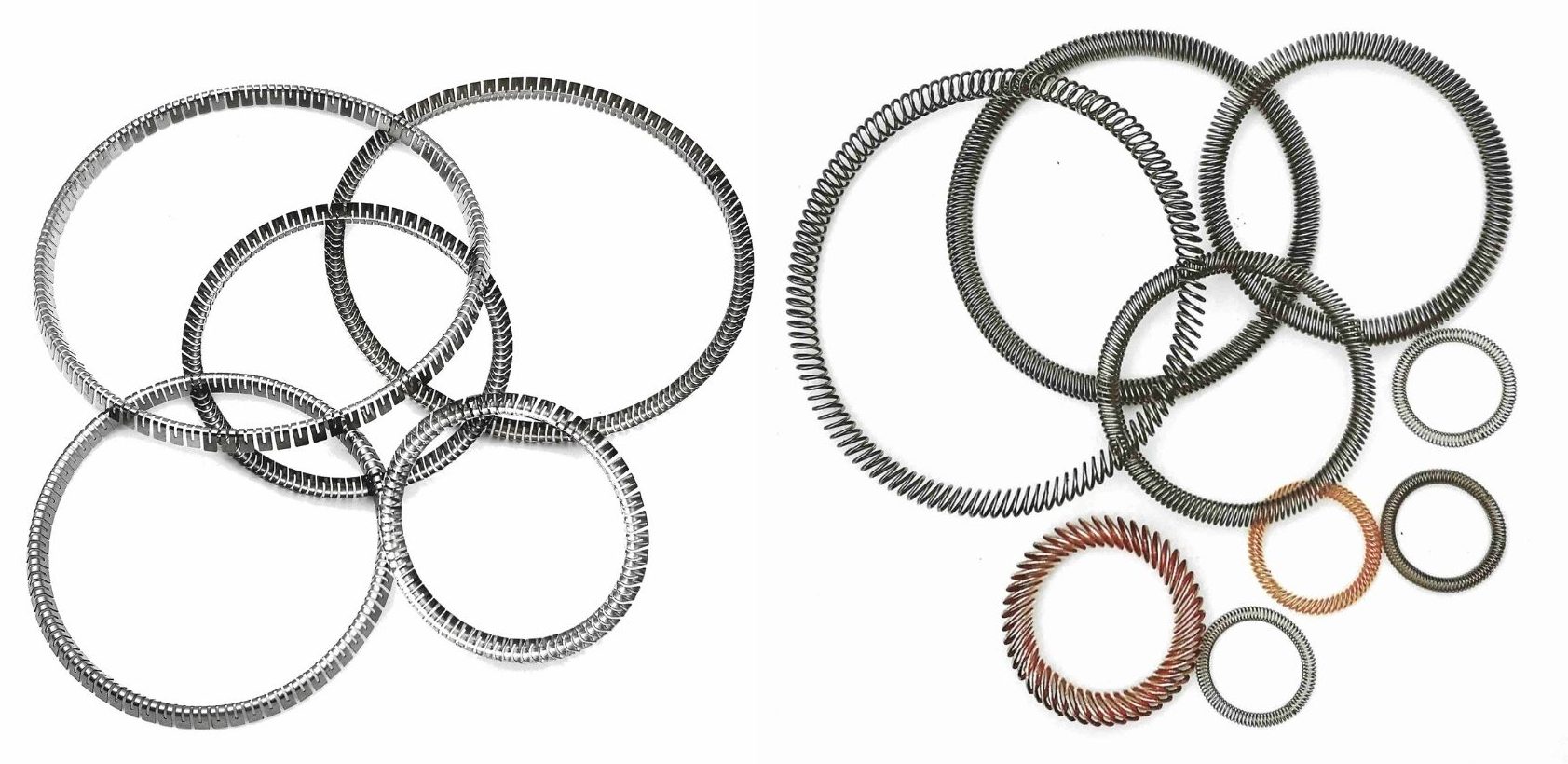
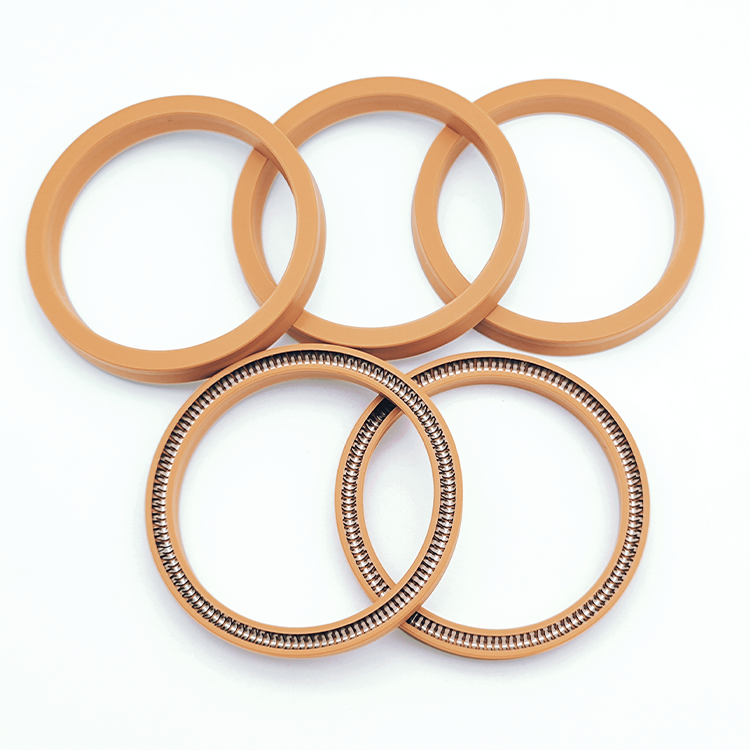
PTFE Seals-spring energized seals Understanding PTFE SealsInstallation Steps for PTFE Seals1. Cleaning2. Installation3. InspectionConclusion PTFE seals Known for their resistance to corrosion, heat, and mechanical stress, PTFE seals are non-toxic......
Cantilever springs are critical components in various sealing applications due to their ability to exert consistent force, absorb vibrations, and adapt to changes in pressure and temperature. These springs, with......
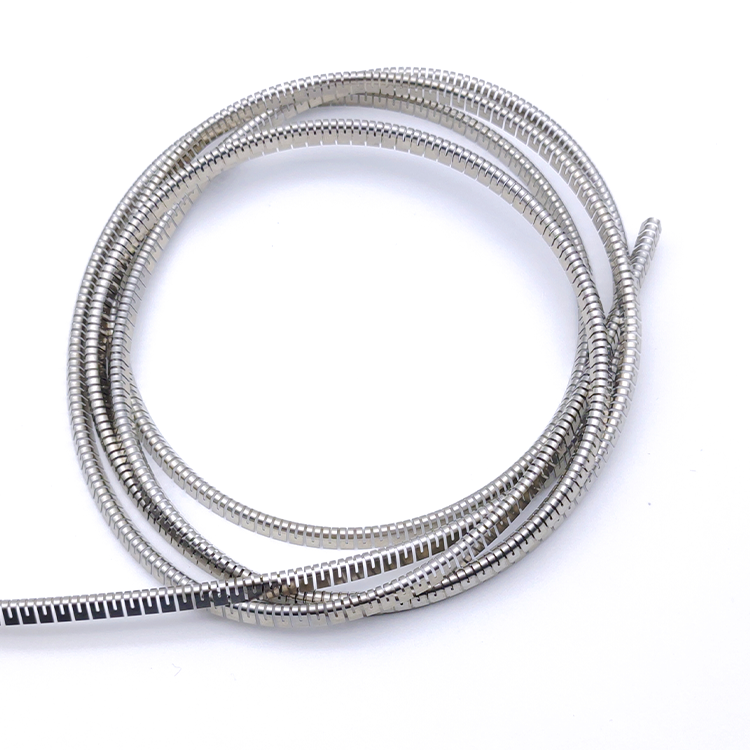
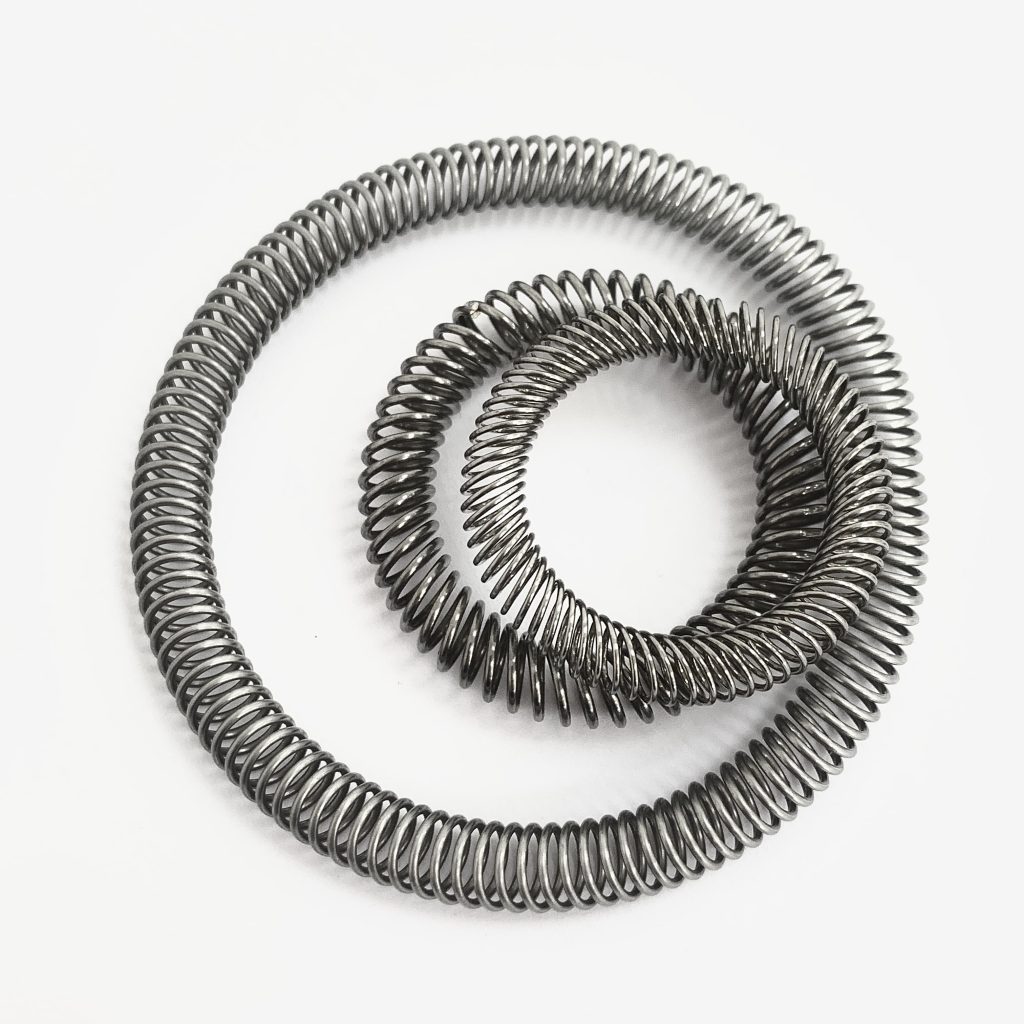
Compression canted coil springs are a specialized type of spring designed with coils, offering unique advantages in various applications across different industries. These springs are characterized by their ability to......
Spring energized seals are designed to withstand aggressive media across a variety of applications, showcasing their versatility and reliability in challenging environments. Here are some specific examples of aggressive media......
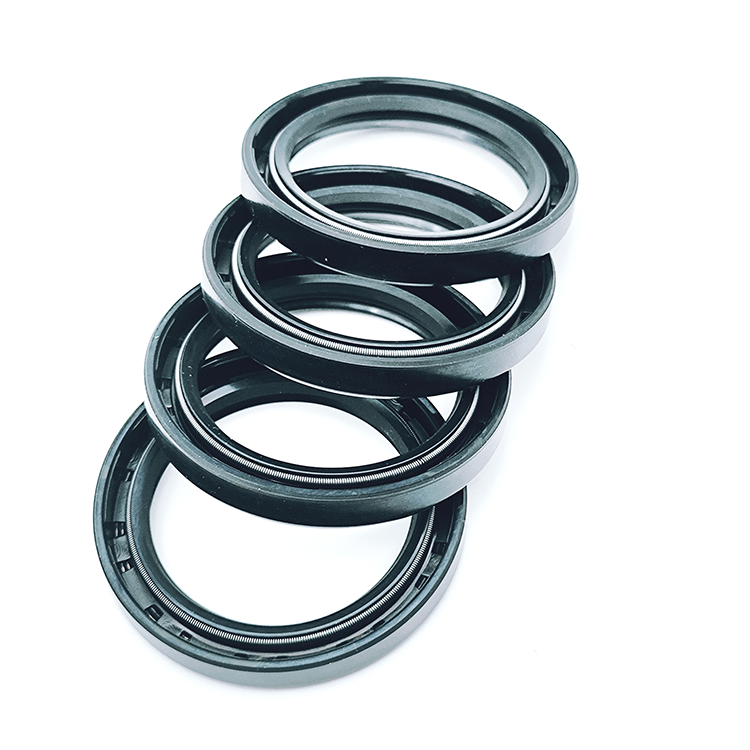
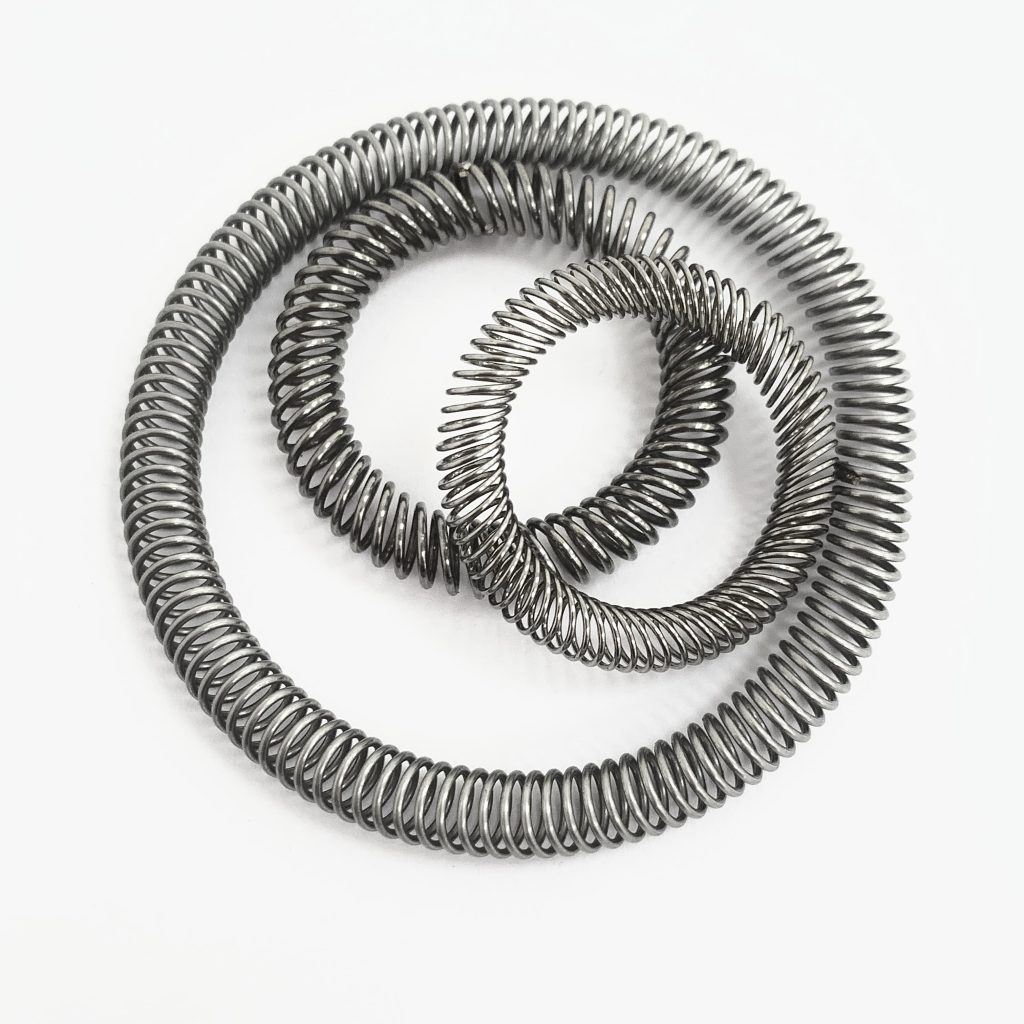
Canted coil seal springs are a specialized type of spring energized seals designed to provide sealing solutions in a wide range of applications. They combine the characteristics of canted coil......
Seal springs are crafted from various materials to meet specific performance requirements, such as resistance to extreme temperatures, corrosion, and wear. The choice of material depends on the application’s demands,......
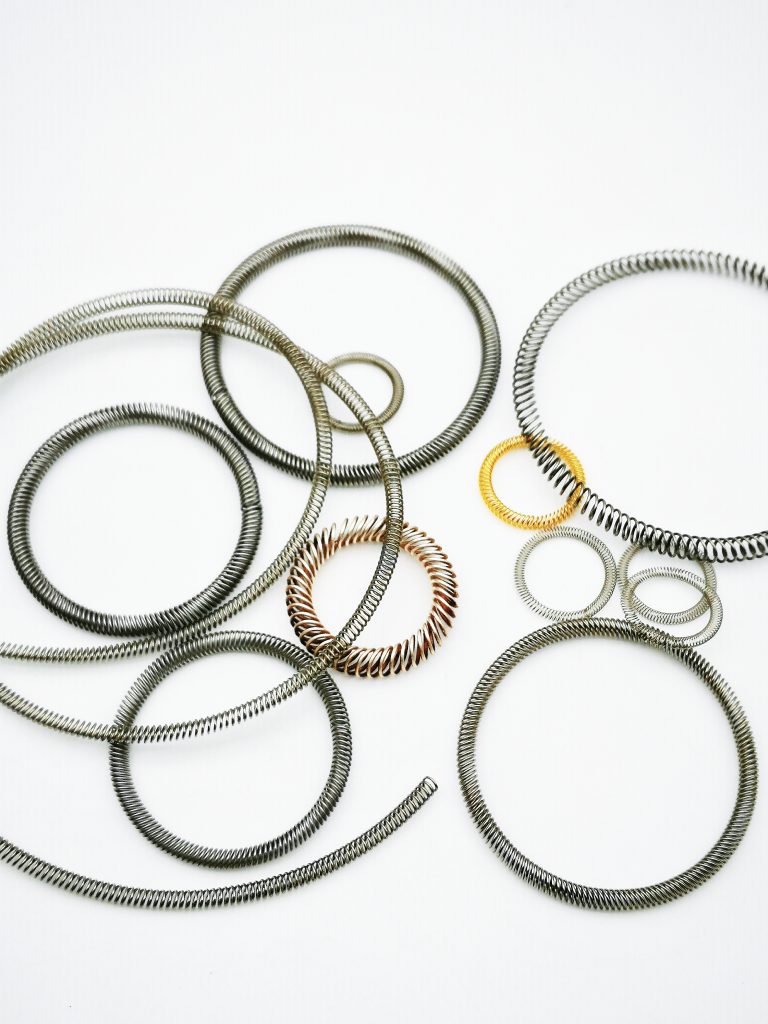
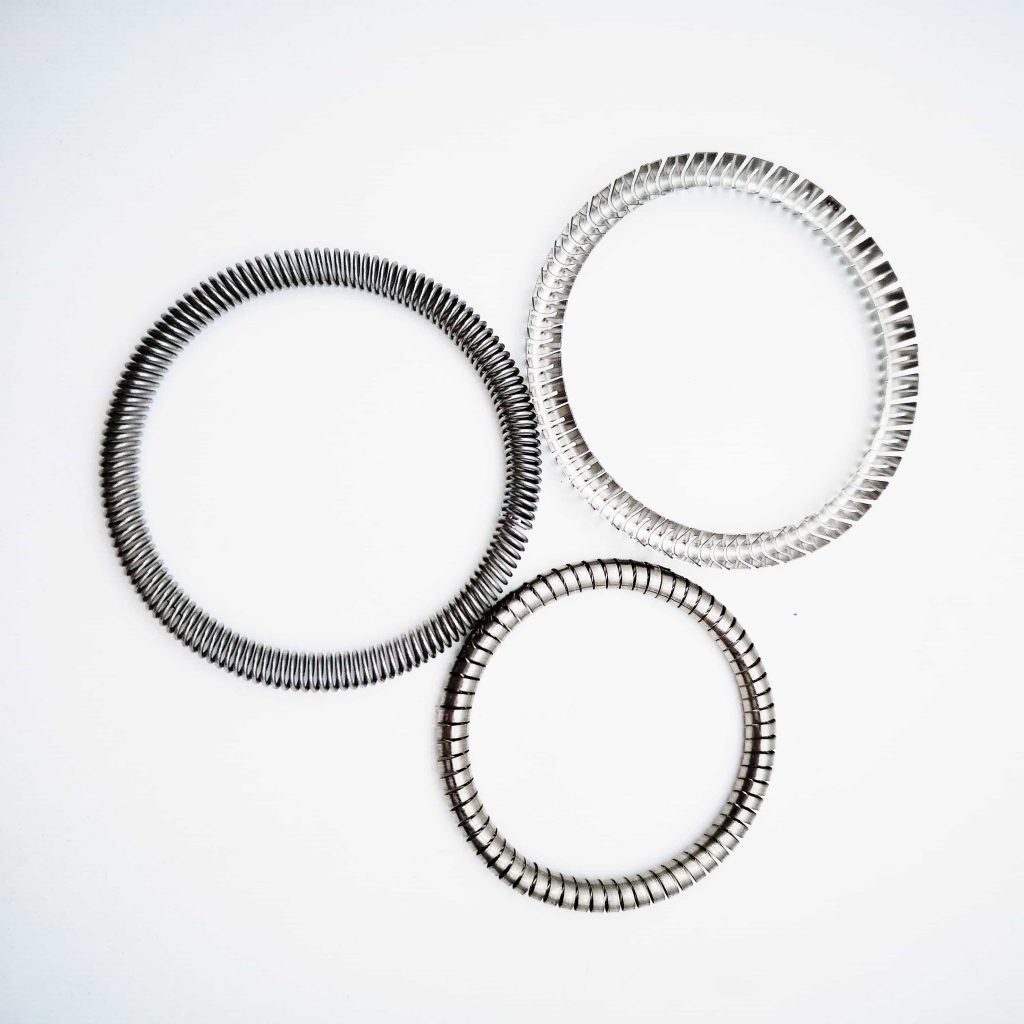
Canted coil springs and other types of sealing springs, such as helical springs and cantilever springs, are integral components in various mechanical and electromechanical devices. Each type of spring has......
In mechanical systems and engines, the pan plug seal spring ,also called as spring energized seal,is a critical component ensuring the proper functioning and longevity of equipment. This part plays......
